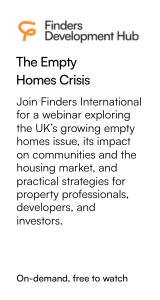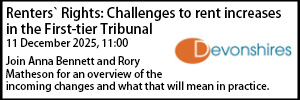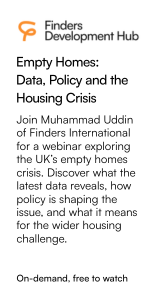Investment by housing associations in new and existing homes reaches record levels, but financial performance of sector is weakening: RSH
- Details
Housing associations’ continued focus on development, building safety, energy efficiency and stock decency has resulted in record levels of reinvestment in both new and existing homes, the Regulator of Social Housing (RSH) has reported in its latest annual Value for Money (VFM) metrics.
The metrics are intended to help providers use them, alongside other data such as the Tenant Satisfaction Measures, to ensure that they are making the most effective use of their resources to deliver their organisation's strategic objectives.
According to RSH, reinvestment into existing stock and acquisition or development of new homes increased to £14.6bn from £12.5bn in the previous year – the highest level recorded since the VfM metrics were introduced in 2018.
The median headline cost per property rose by 12% to £5,136 – also the highest level recorded.
However, the sector projects cost increases to fall below the rate of inflation over the next five years, the RSH.
It added that following several years of high inflation, and rising borrowing costs, the financial performance of the sector has weakened.
“Many organisations are managing competing demands on their resources, particularly between investment in the existing stock and new supply,” the Regulator said.
Despite a number of providers scaling back development ambitions, 49,287 new social homes were delivered over the year to 31 March 2024. This was the highest level since 2021, according to RSH.
Around 10% of providers (excluding for-profit organisations) develop nearly half (45%) of new social homes.
RSH’s Value for Money metrics and reporting does not cover local authority registered providers.
Will Perry, Directory of Strategy at RSH, said: “The sector as a whole is proving resilient at grappling with competing demands on their resources, investing record amounts on new and existing homes, though inflation and high levels of repairs works are driving up unit costs.
“This year, we have also carried out new and expanded analysis which allows us to understand in greater detail some of the structural factors that can impact on value for money. This supports our ongoing scrutiny and regulation of the sector, especially as pressures intensify, and provides important insight for landlords as they consider what drives their businesses.
“It is crucial that landlords challenge themselves on their efficiency so they can continue to build more homes and deliver better services for people who need them.”
Harry Rodd




































